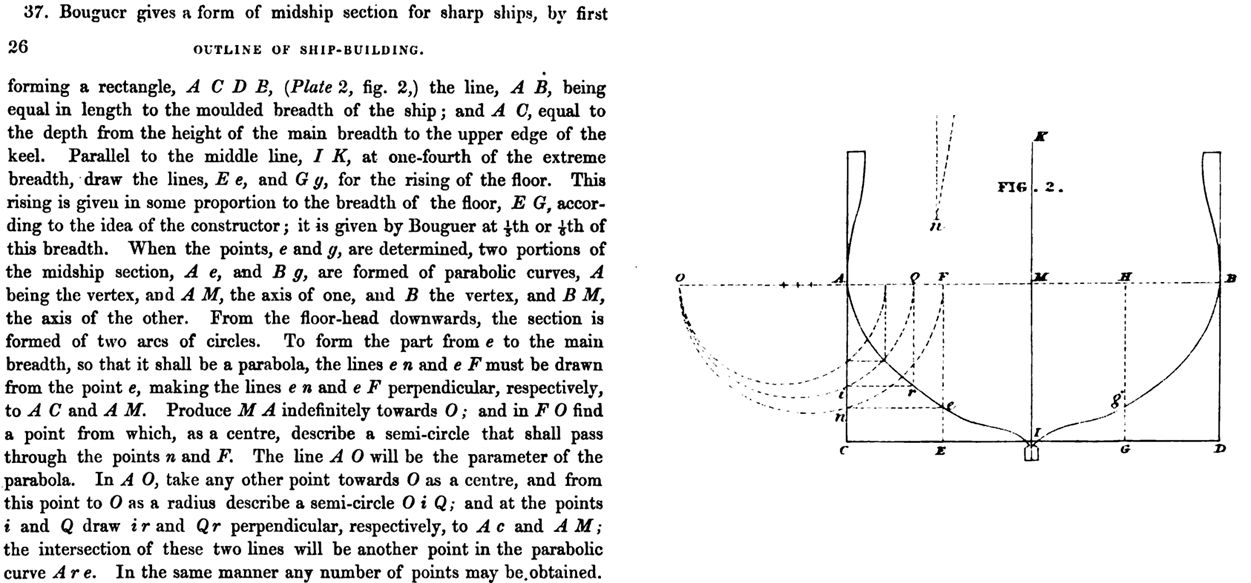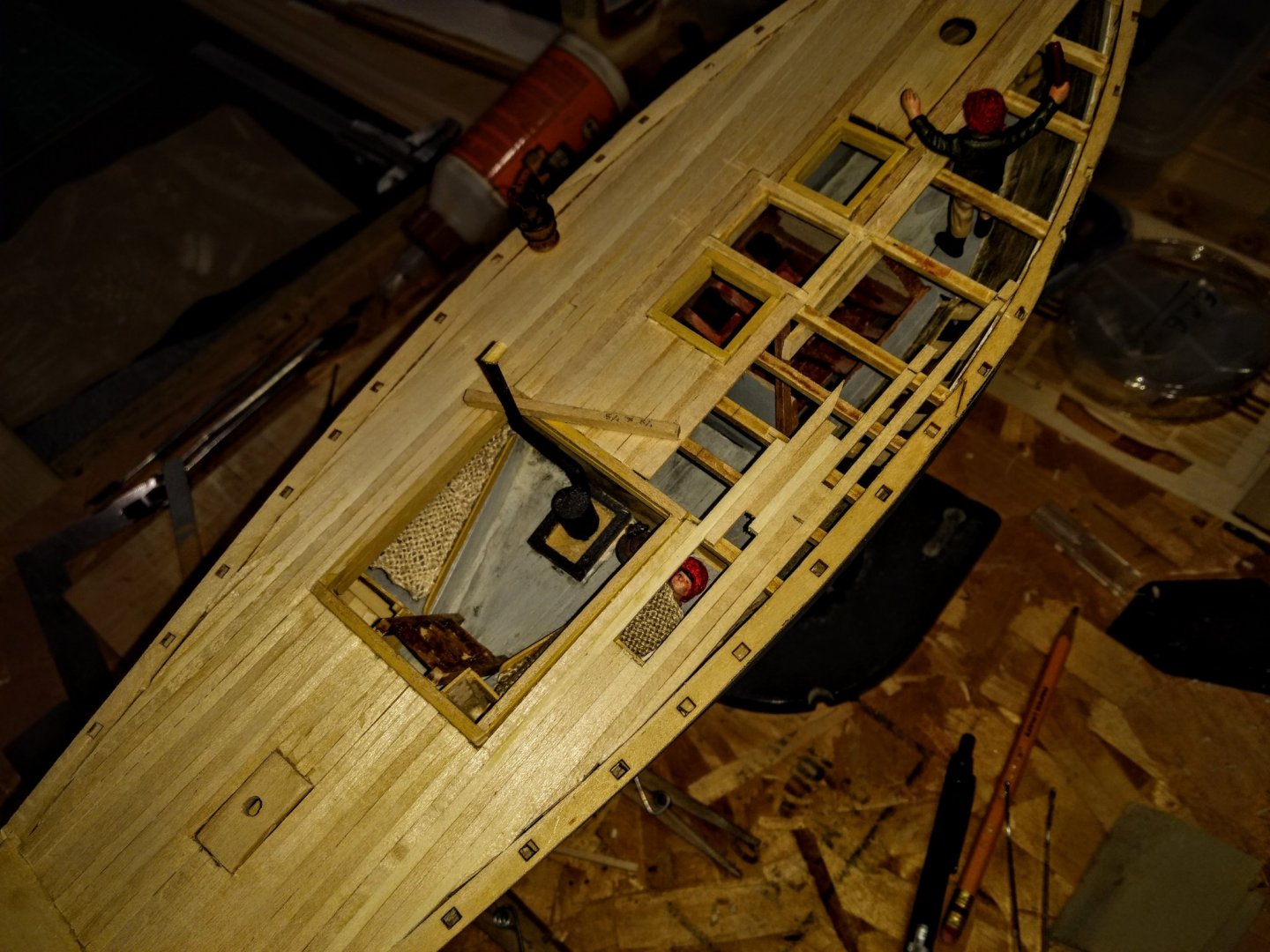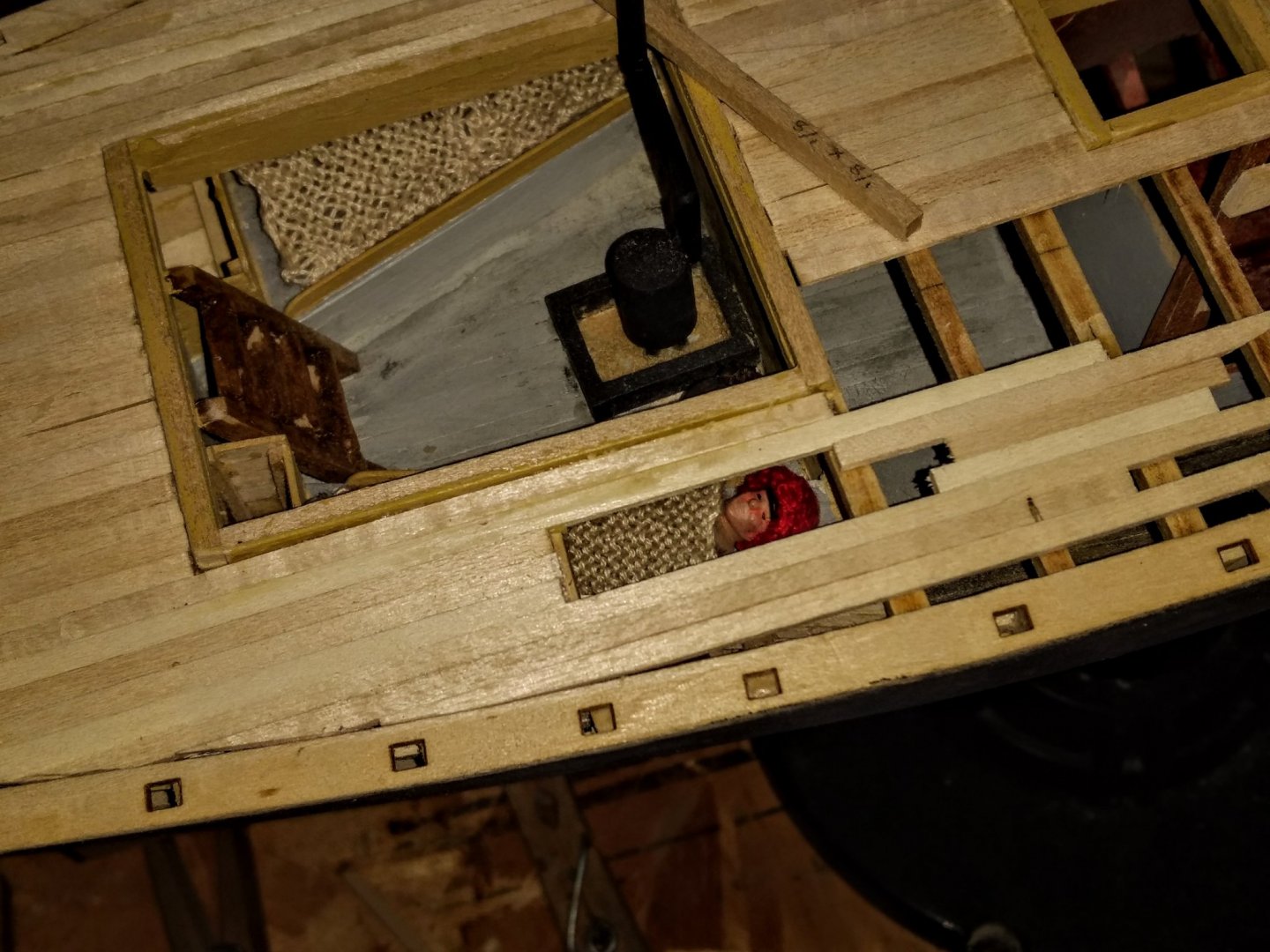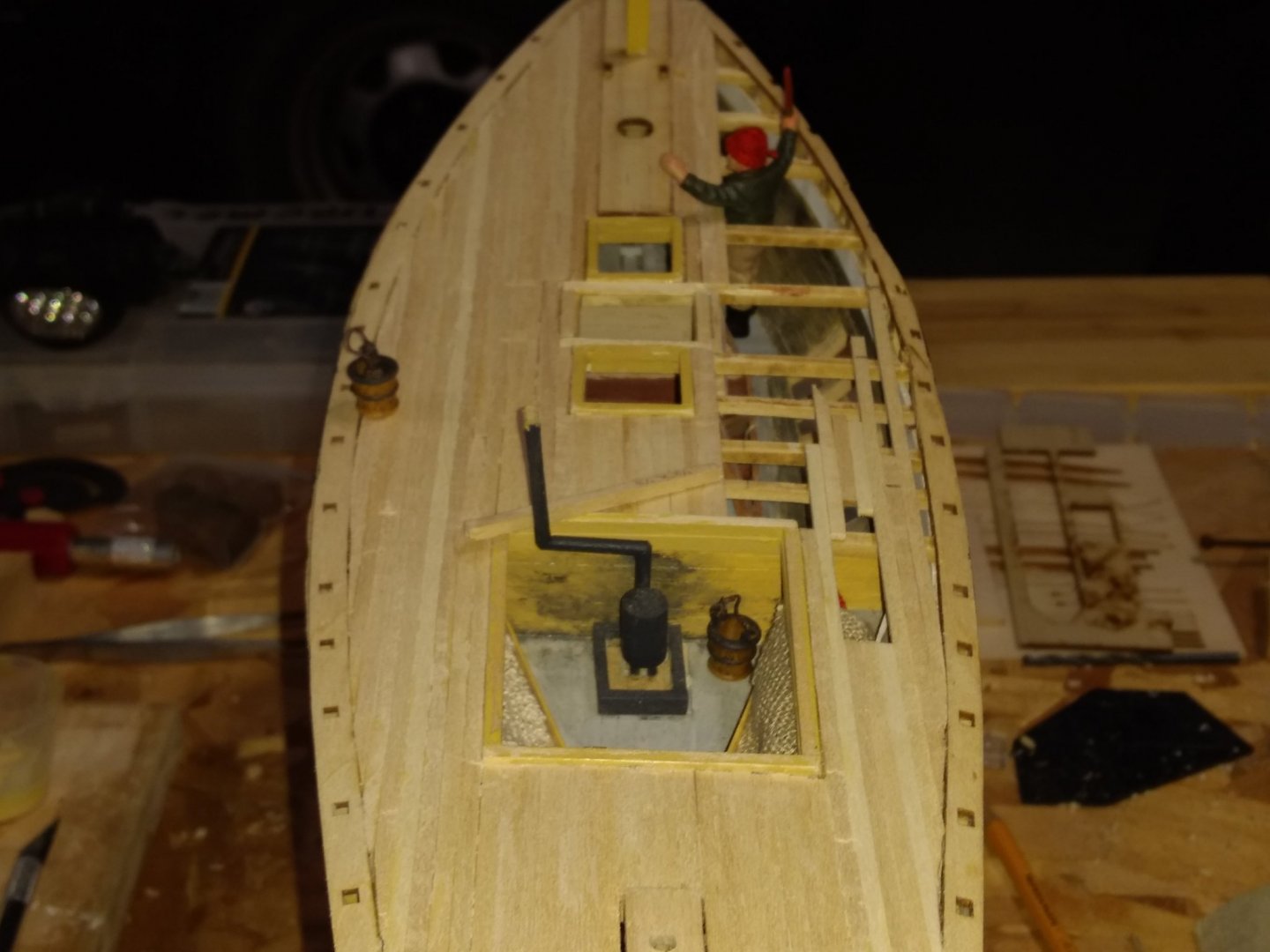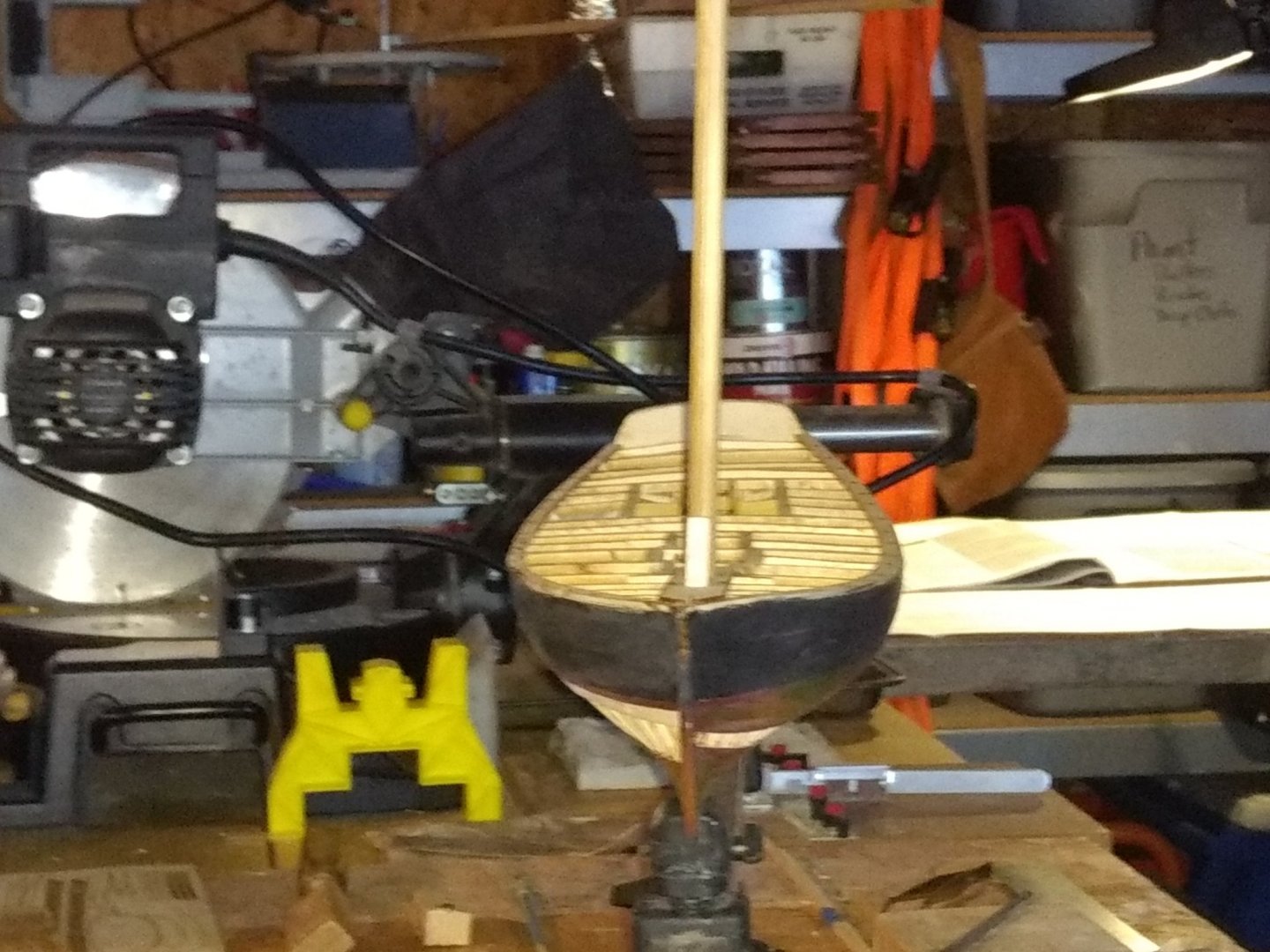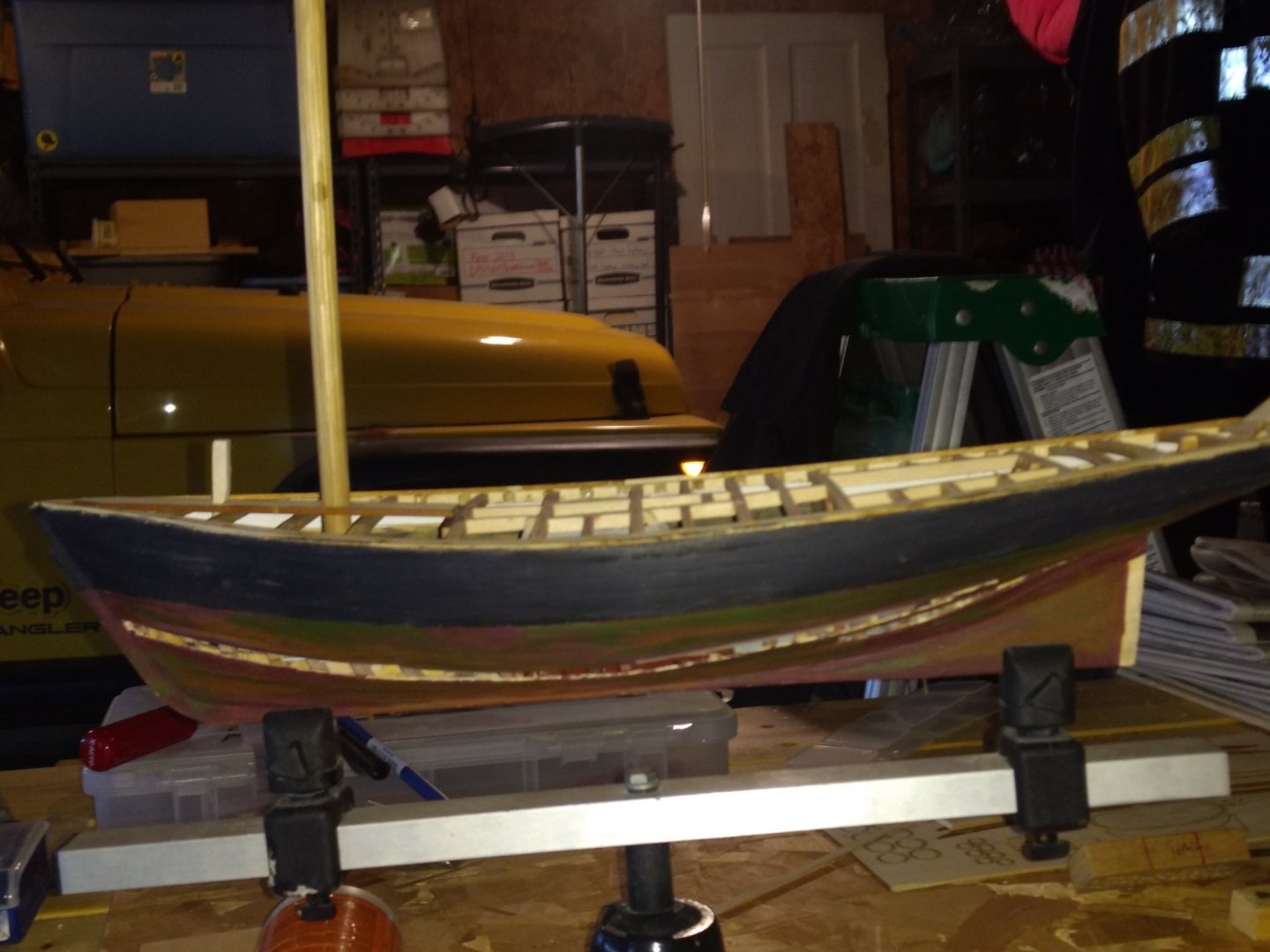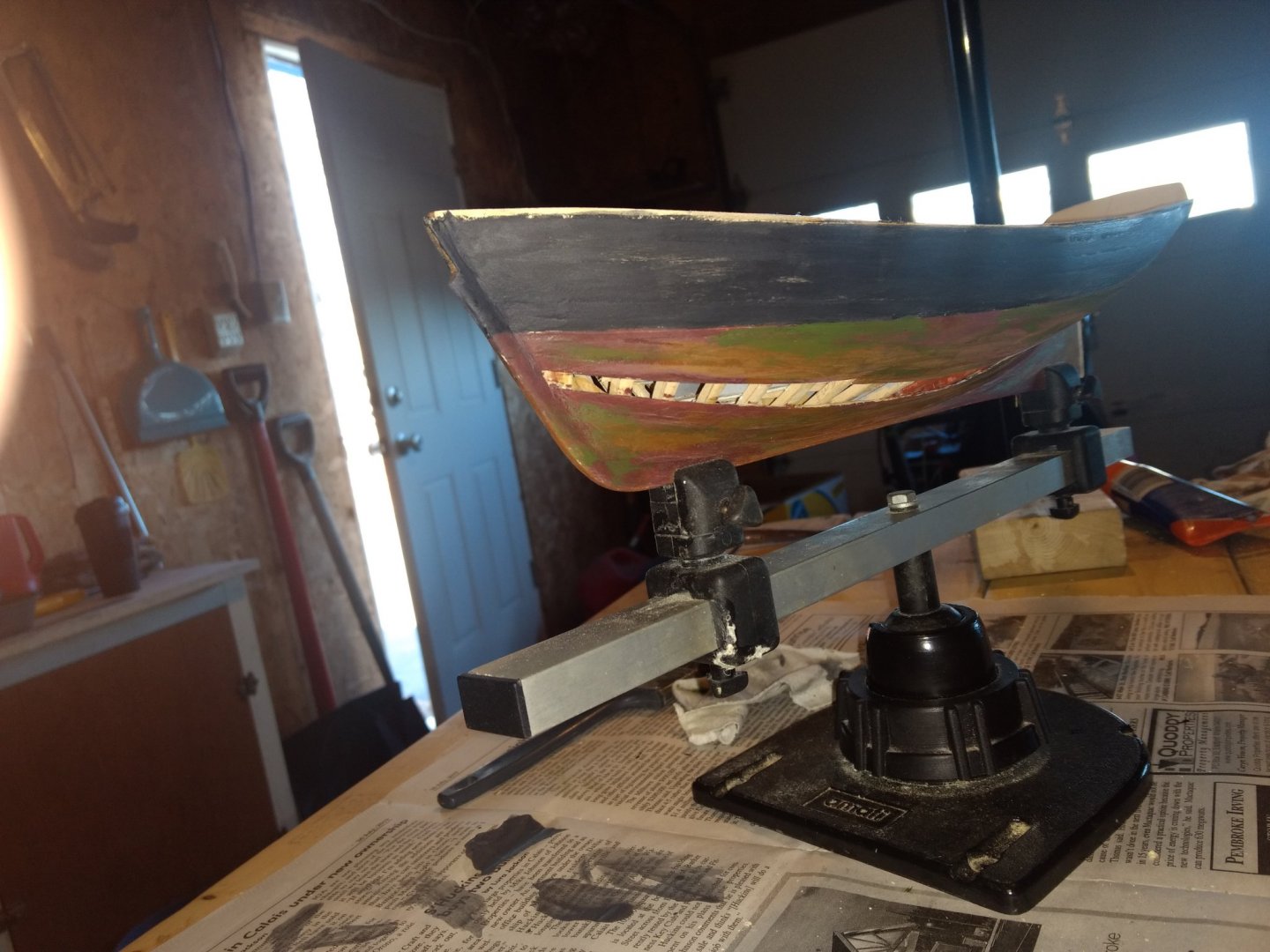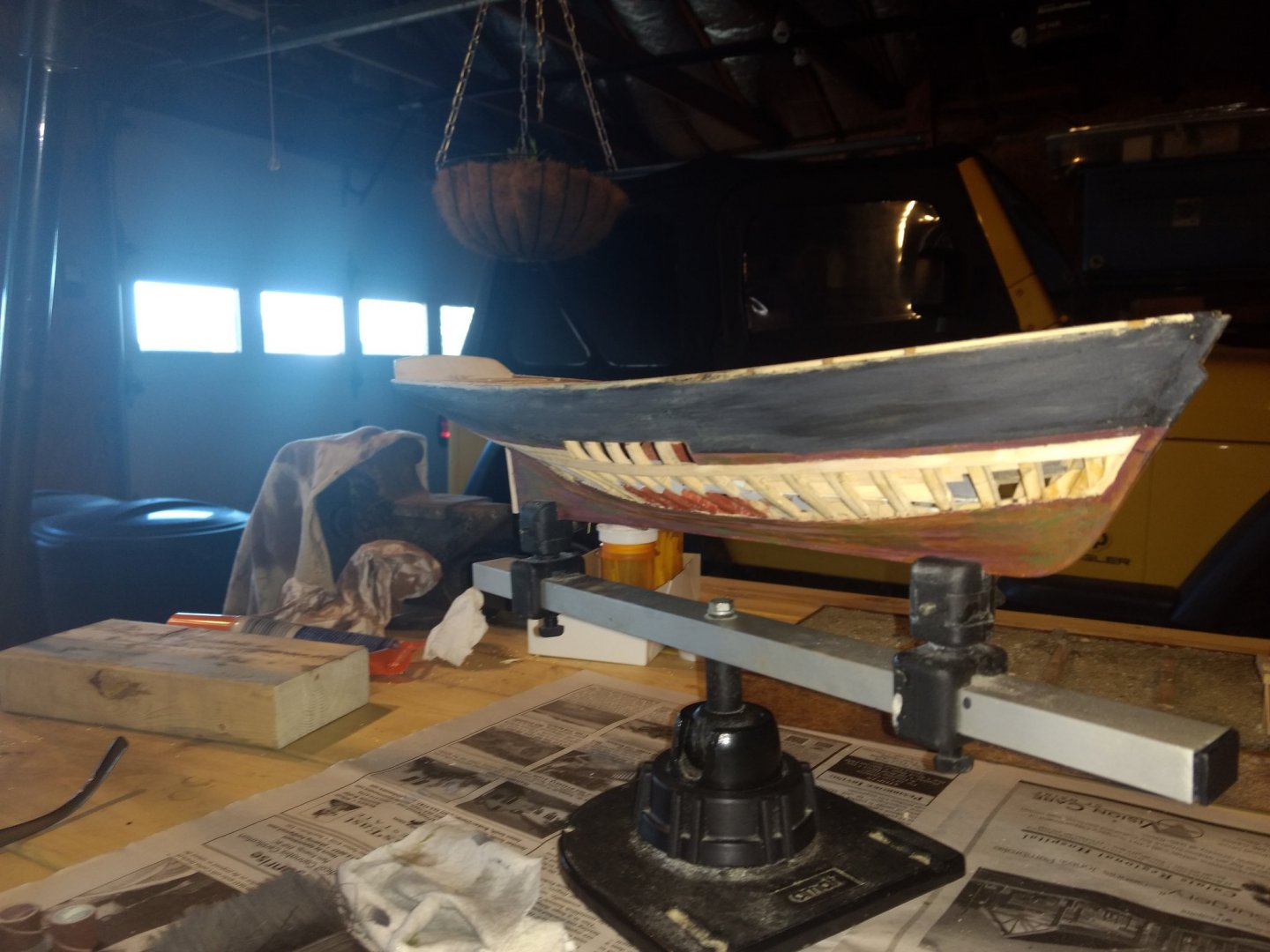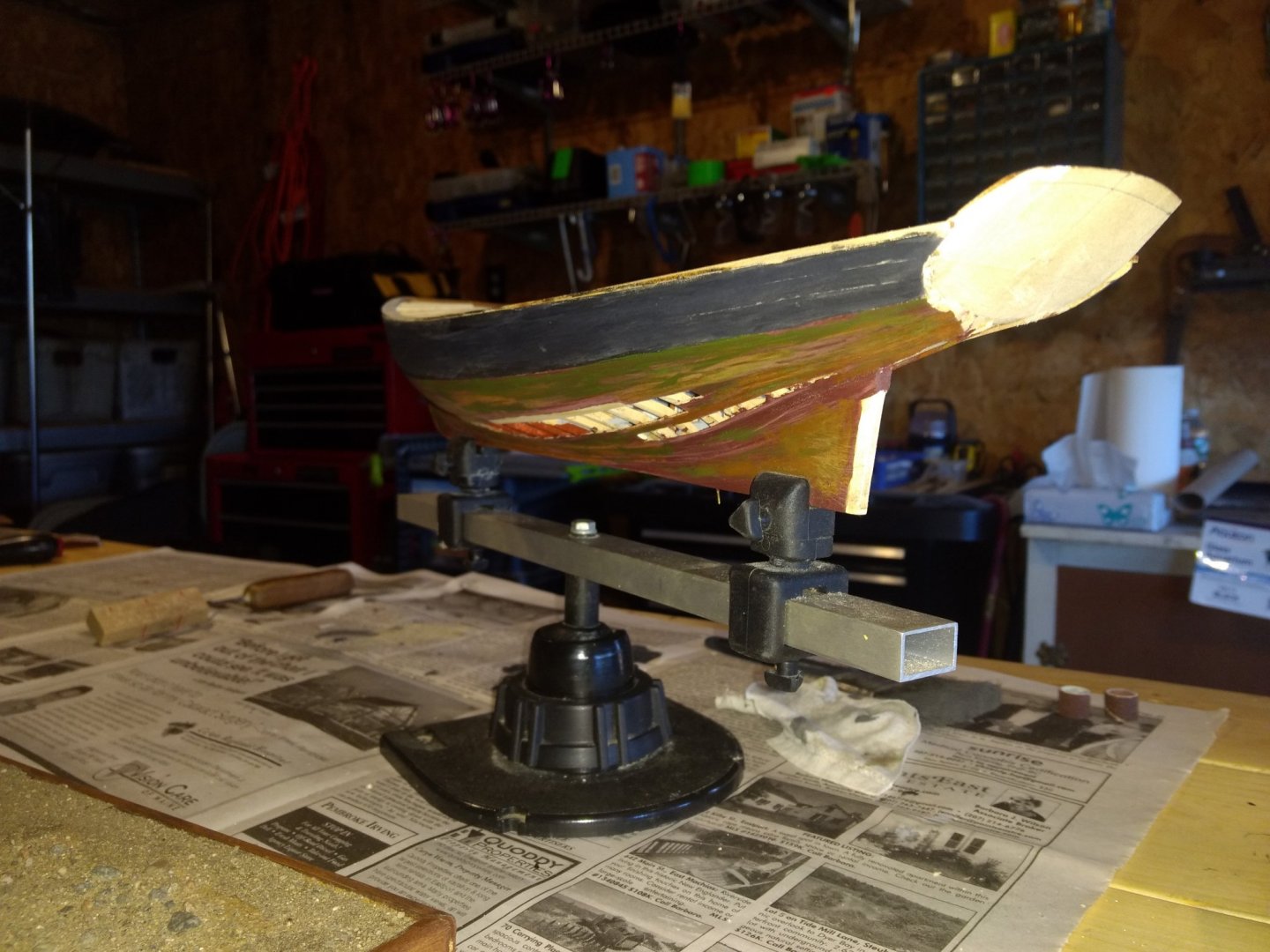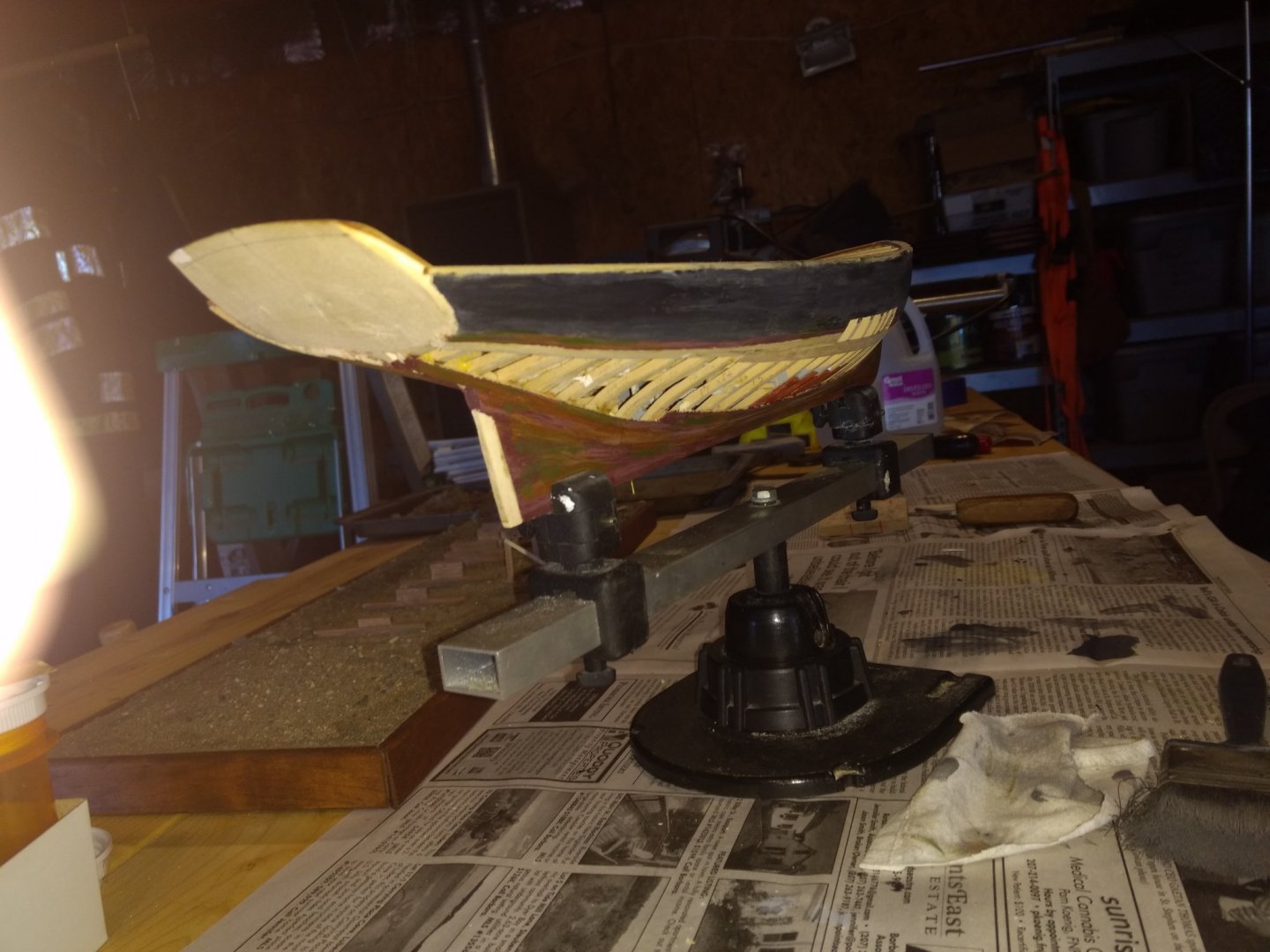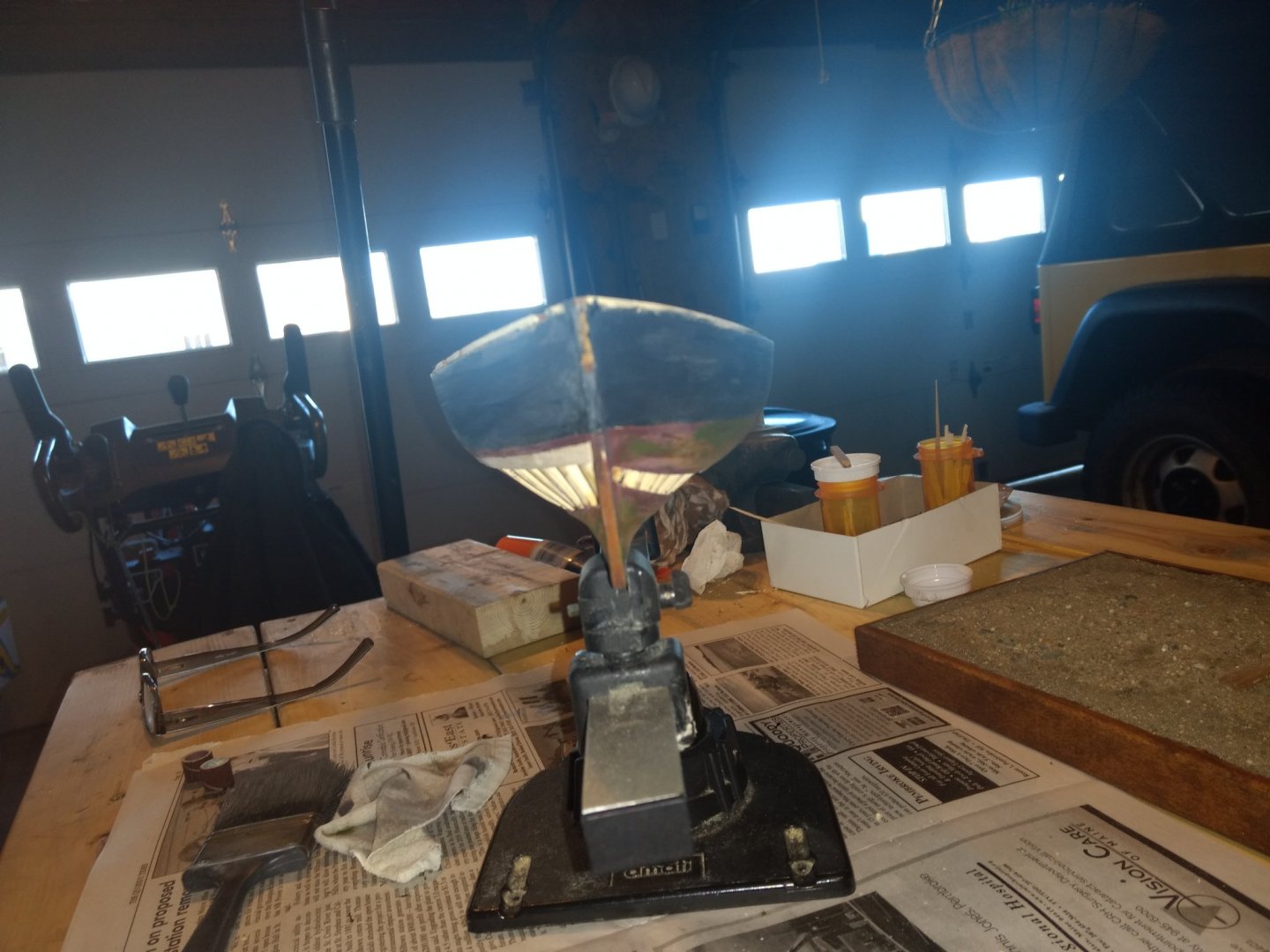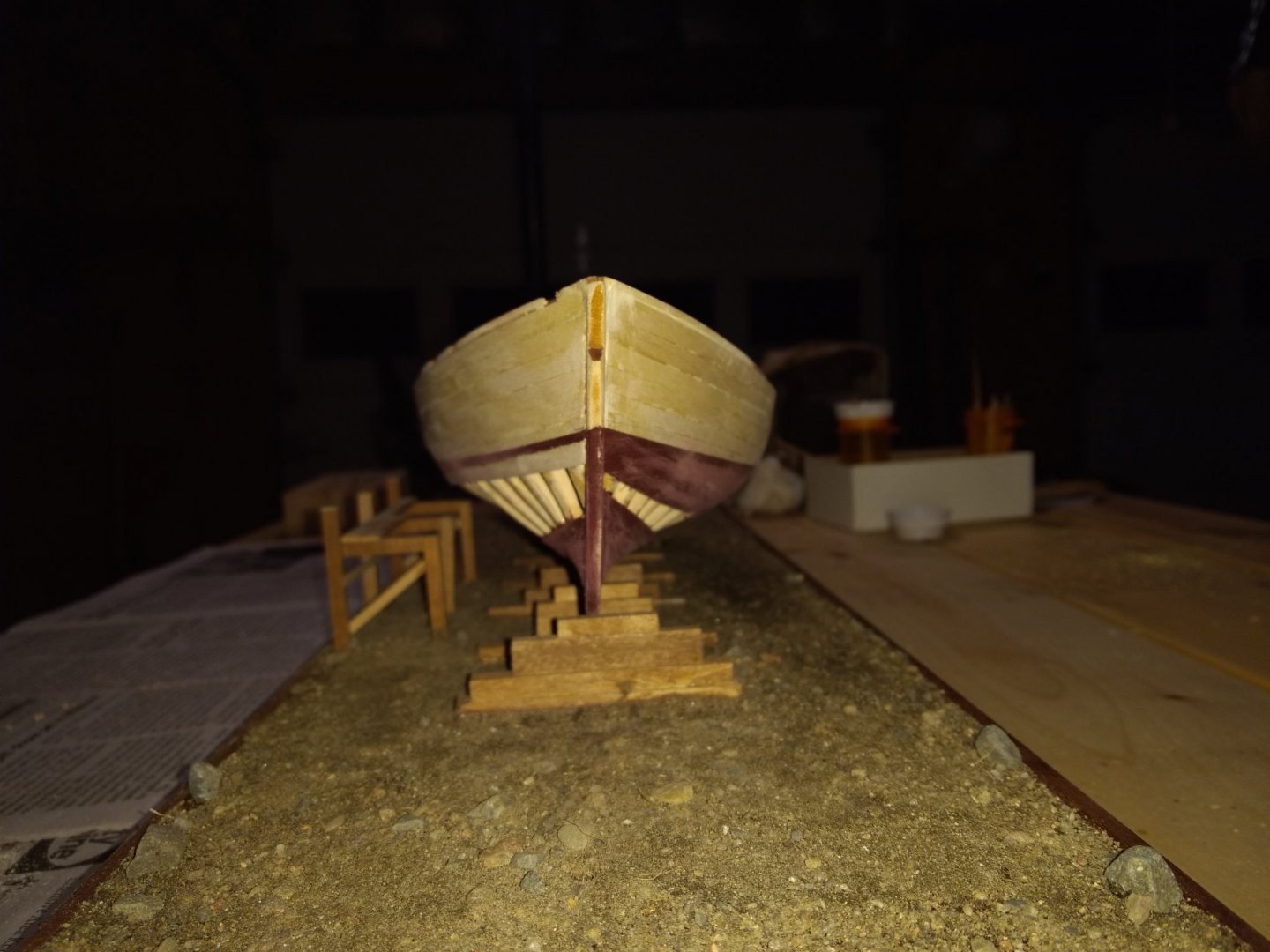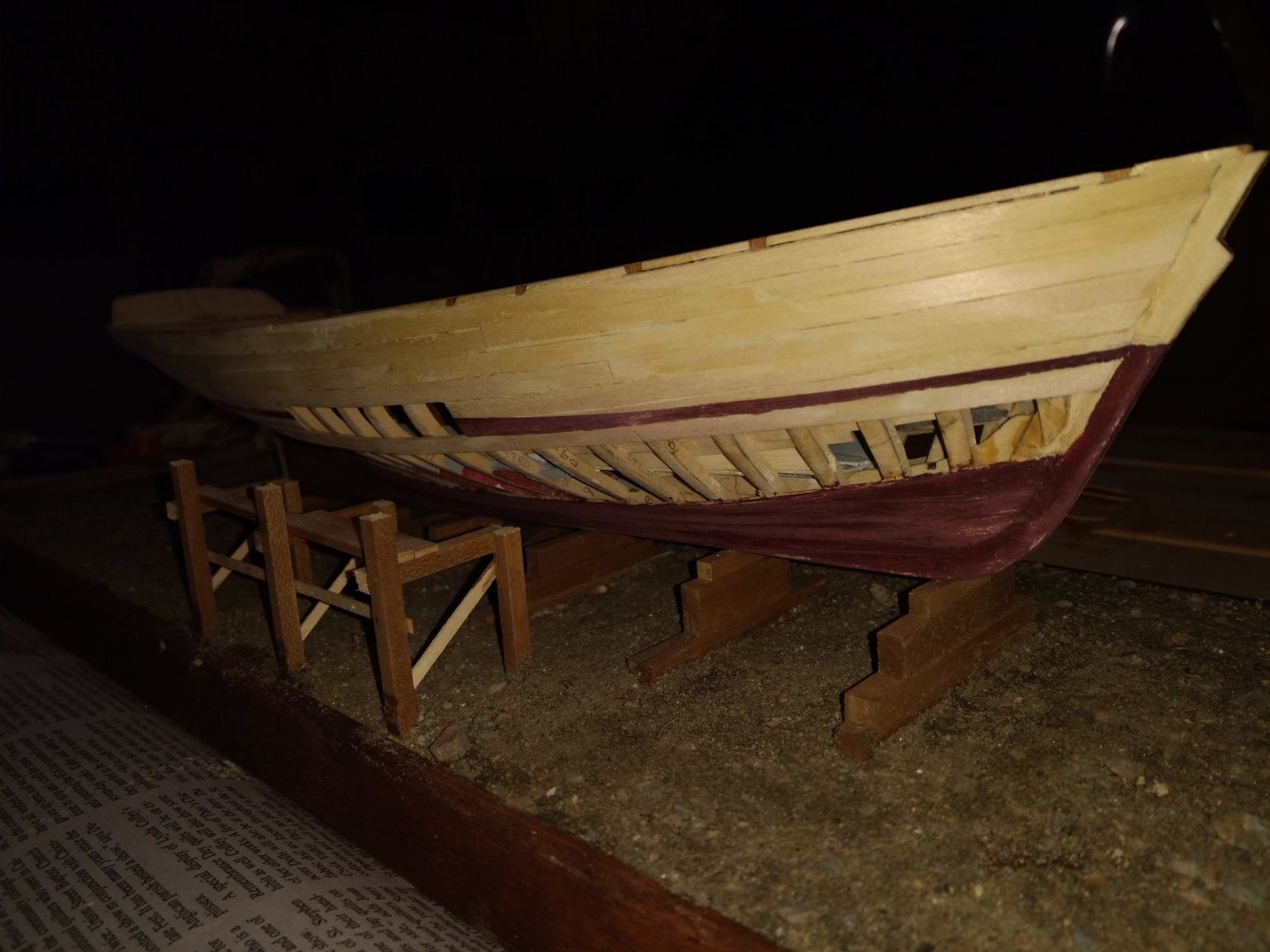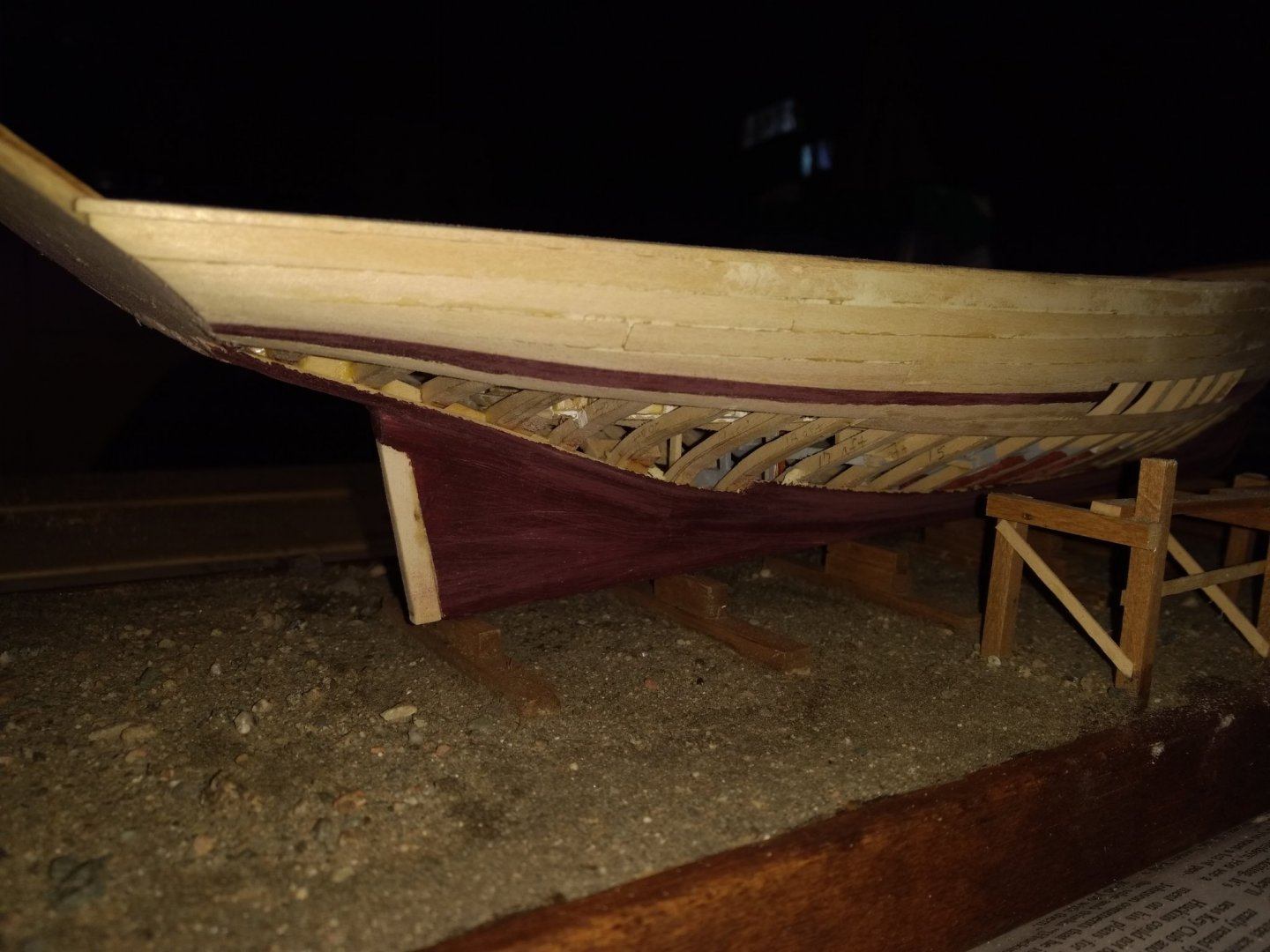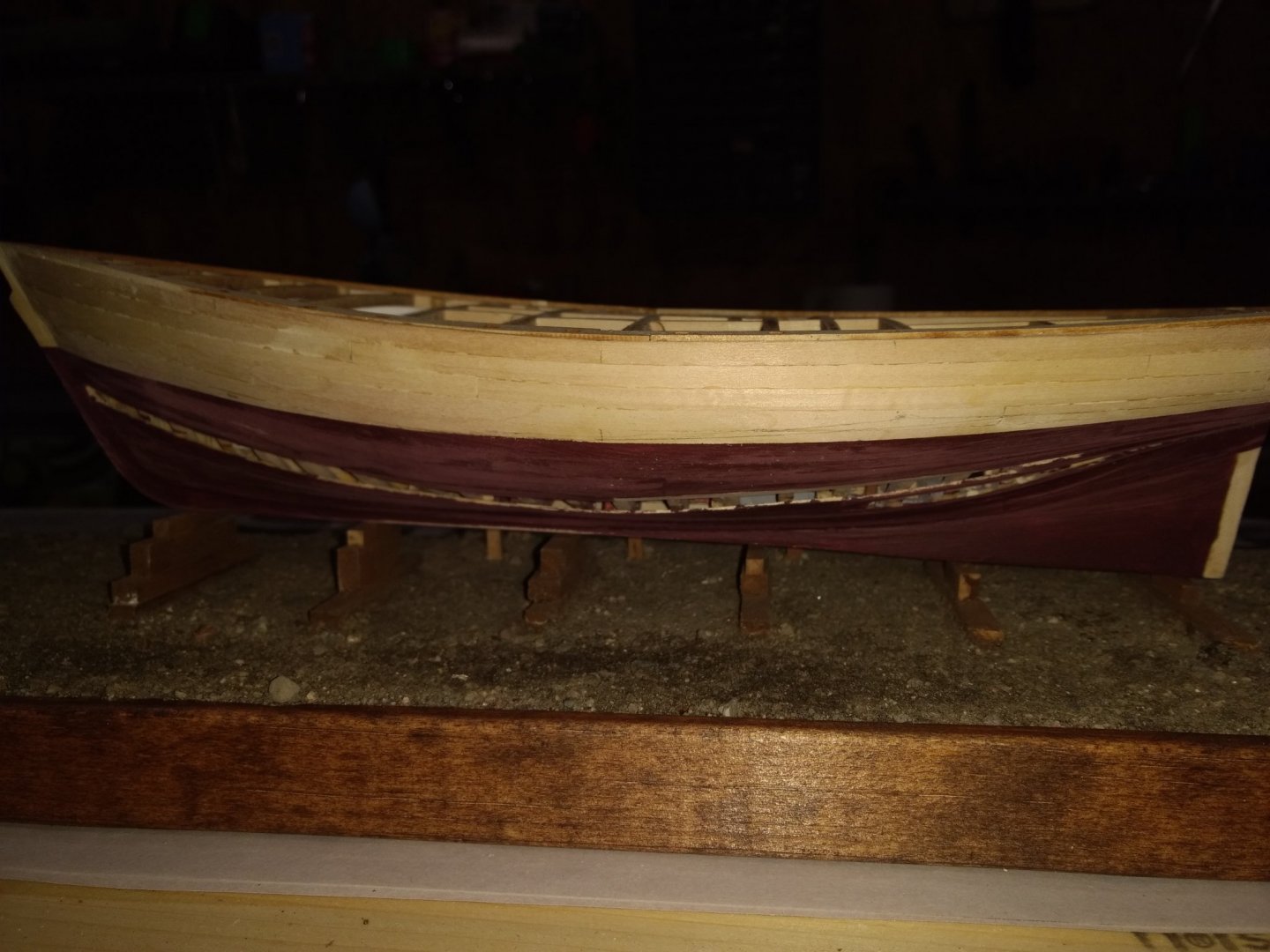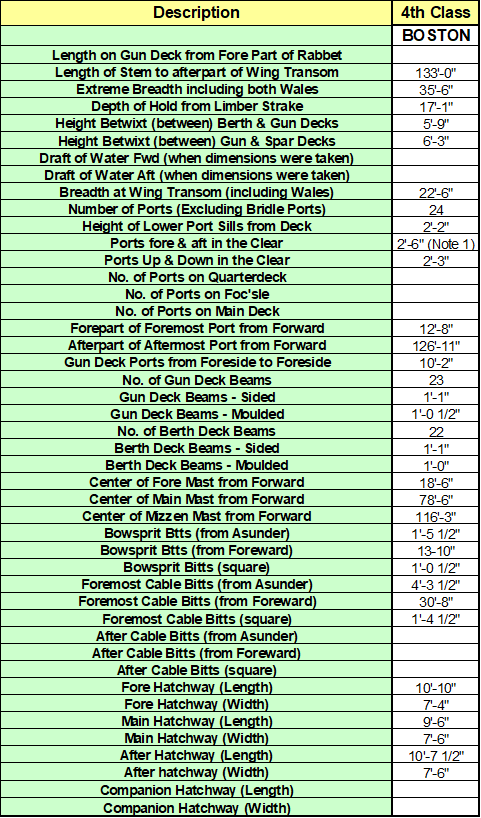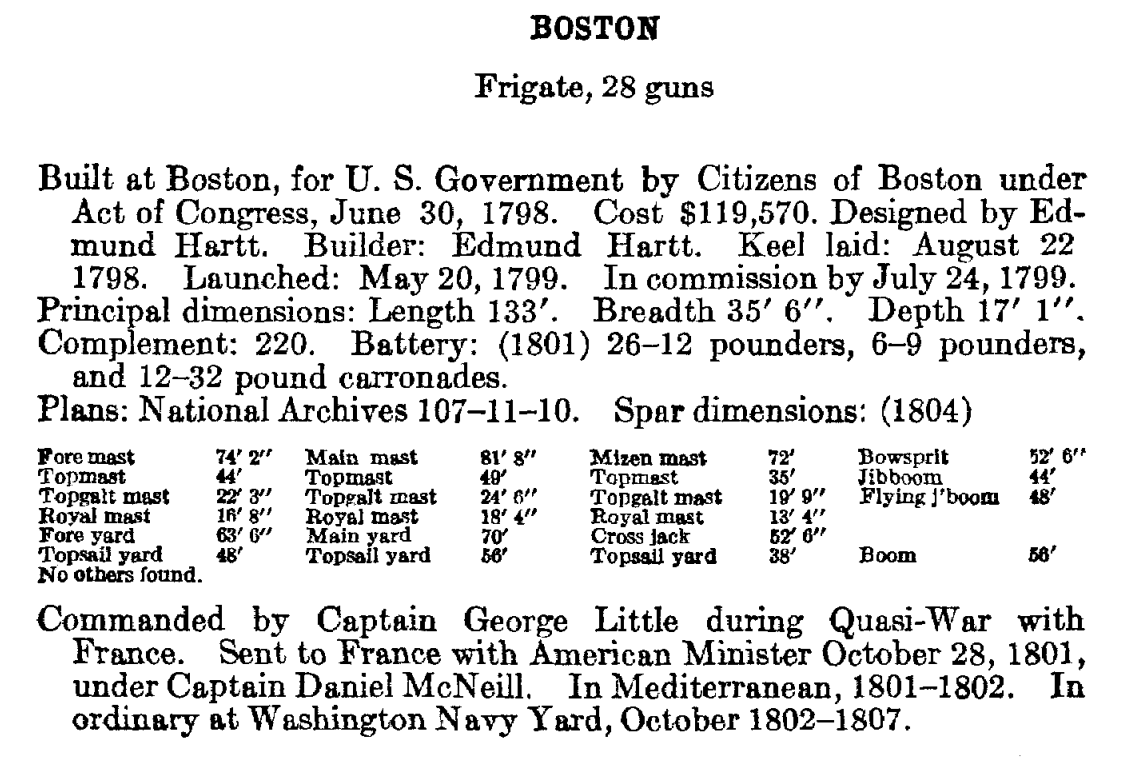-
Posts
3,156 -
Joined
-
Last visited
Content Type
Profiles
Forums
Gallery
Events
Everything posted by trippwj
-
I have 2 of the 3. They are quite useful, well written, documented and researched. His Fast Sailing picks up from Chapelle's "Search for Speed" (well, sort of). Not the historic journey of his "Merchant Sail" but a tighter focus on faster (and he addresses the definitional concerns around "fast") vessel form and function.
-
Found it in Fincham, John. 1852. An Outline of Ship-Building. In Four Parts ... Whittaker and Company. https://books.google.com/books?id=FadWAAAAcAAJ. From PDF page 46-47. I believe this is the treatise to which Fincham is refering Bouguer, Pierre. 1746. Traité du navire, de sa construction et de ses mouvemens. Jombert. http://archive.org/details/bub_gb_lh1ZBtRvAb0C.
-
Sharp, I'm afraid, is probably a highly subjective term. MacGregor offers some tantalizing thoughts about early written descriptions starting with Sutherland. He doesn't offer a descrption of sharp just some related design concepts for fast ships. The most tantalizing is a reference to Bouger's rules for fast ships described in Fincham's Outline of Shipbuilding Now to find my copy on Fincham...
-
This is one that I have heard of but have never been able to locate. According to R.C.Anderson in the Mariner's Mirror (1947), Marion Brewington advised him there was a copy at the US Navy as you noted above. According to Worldcat, there are 3 library copies of the NRG facsimile edition - at the LOC, the Smithsonian and the San Francisco Maritime National Historical Park, Maritime Research Center. There is a single table from the document in the NRJ volume 31. I will, of course, let you know if I am ever able to locate an additional copy (or an online version of the original). Good luck!
-
Abstract: For millennia wooden ships that plied the world’s oceans were plagued by biological problems. These were a multifaceted result of water temperature, salinity, levels of sunlight and the quantity of nutrients in the water. Vessel hulls, in time, collected seaweed affecting their speed and maneuverability. The ship’s longevity was impacted by infestations of two marine borers: the shipworm, a wormlike clam and tiny crustaceans known as gribbles. Combined they largely destroyed the integrity of marine timber structures, often working together to bore tunnels in wood to make it spongy and friable. Countless schemes were tried over time to solve sea flora and wood-rot problems. Some produced limited success until, in the eighteenth century, a relatively simple and practical solution was found, one that would shape maritime history. The evolution of that discovery ultimately affected two American icons, one a storied ship, the other a patriot, entrepreneur and an industrial opportunist. Norton, Louis Arthur. 2019. “Copper Sheathing, Industrial Espionage and an Eminent American Entrepreneur | Coriolis: The Interdisciplinary Journal of Maritime Studies.” Coriolis - Interdisciplinary Journal of Maritime Studies 9 (2): 37–44. https://ijms.nmdl.org/article/view/20133 Enjoy!
-
Welcome from "way Downeast". Love the lazy Susan idea - will have to see about getting one!
-
From all I have read the shot was all moved by hand. Every. Last. One. Them young lads had stamina!
-
In the case of the Lexington (originally a merchant brig), it would an error to try to apply the scantlings from the Establishment (see book by Yedlinsky and some extracts in the Humphrey's Papers). These scantlings were for a custom built war ship - a merchant vessel would likely have more space and perhaps less robust scantlings for the frames. You may have some luck by contacting the Mystic Seaport Museum as they have most of Davis's files in their archive. https://research.mysticseaport.org/coll/coll253/#head58871776
-
A warm (well, windy and brisk) welcome from Eastport.
-
Wow - has it really been 2 years? I finally decided that the only way I could move on was by not doing any more planking. Since she is in the yard being repaired for the display I stopped where I thought it looked good and started the painting. I plan to weather it some and then continue construction.
-
Mssr. Tupinier led a rather interesting career based on his decidedly sparse wikipedia biography. Not speaking French I am unable to pursue the thread into the rabbit hole to see what the details are. They note that he was acting Minister of the Navy in 1834 an Minister of the Navy in the Transitional French cabinet of 1839. He also has several other naval publications in French available via web search (some in full text, some title page only). The subject book posted by bruce was originally published in 1822.
-
This is an inteeresting and historically useful volume if one accepts the pro-British bias of the author. Roosevelt (many years later) published his rebuttal. James' most significant conclusion was that no American vessel of equal force ever captured a British ship - an assertion which has remained essentially unchallenged. Arguments instead revolve around degrees of difference. However, as TR noted: "And it must always be remembered that a victory, honourably won, if even over a weaker foe, does reflect credit on the nation by whom it is gained. It was creditable to us as a nation that our ships were better made and better armed then the British frigates....Some of my countrymen will consider this but scant approbation, to which the answer must be that a history is not a panegyric." James, William. 1817. A Full and Correct Account of the Chief Naval Occurences of the Late War between Great Britain and the United States of America: Preceded by a Cursory Examination of the American Accounts of Their Naval Actions Fought Previous to That Period : To Which Is Added an Appendix with Plates. London : Printed for T. Egerton ... http://archive.org/details/cihm_35730. Roosevelt, Theodore. 1882. The Naval War of 1812; or, The History of the United States during the Last War with Great Britain; to Which Is Appended an Account of the Battle of New Orleans. New York, Putnam. http://archive.org/details/navalwarof1812or00roosuoft.
-
The Lecture Postprint from this session is available on Academia at: Jakobi, Davina. 2017. “How Important Is Knowing the Ropes? Thoughts on the Ethics and Practice of Conserving Ship Model Rigging.” presented at the AIC’s 45 th Annual Meeting Treatment 2017: Innovation in Conservation and Collections Care, Chicago. https://www.academia.edu/37892579/How_important_is_knowing_the_ropes_Thoughts_on_the_ethics_and_practice_of_conserving_ship_model_rigging.
-
When considering the Tea Clippers (a very short time span of about 2 decades from ~1845-1869), one must first discount all of our "modern" conceptions of stability and wind effects, wetted area calculations and so forth and consider the situation through the lens of contemporary nautical architecture. The essential components of calculating displacement (that is, determining the volume of the submerged portion of the hull at the desired load waterline) were fairly well known. Determining the as-built weight of the empty cargo vessel was likewise able to be estimated reasonably well, although the actual weight was better known after launch by calculating the displacement volume once the intended ballast, masts and so forth were installed (variables in size of various timbers used, actual weight of each timber that could vary based on the moisture content, number of spikes and so forth during construction made an accurate estimate difficult at best). Once the displacement weight was known, the difference between empty and fully loaded displacement volume provided the weight (actually, mass) available for cargo, store and crew. There were standard estimates for stores and crew based on length of the voyage, so subtracting those gave the cargo capacity. Bored yet? Knowing the amount of cargo being transported (outbound was generally trade types of merchandise and goods purchased by the owneres to sell in China then purchase tea). Ballast (preferably something which could be sold, but not always) was then loaded as druxey noted prior to the cargo. Once at sea, particularly for a new ship, it was not uncommon for the captain and sailing master to shift masts (adjust the rake) and ballast for desired sailing qualities. As stores (food, water, cooking fuel) were consumed, ballast would again be shifted as needed to maintain the optimum trim as percieved by the skipper. For the voyage to England with the tea as cargo, generally shingle was loaded as additional ballast to compensate for the reduced weight of tea. Clark (a former clipper ship captain) states that they carried some 200-300 tons of shingle when loaded with tea for the trip to England (Clark, Arthur H. 1911. The Clipper Ship Era : An Epitome of Famous American and British Clipper Ships, Their Owners, Builders, Commanders, and Crews, 1843-1869. New York : Putnam. http://archive.org/details/clippershiperaep00claruoft ). There are a number of exceptional descriptions of the Tea Clipper era (some, as in the book by Clark, are available for download). Here is a brief listing of some you may find of interest: Brown, Daniel M. 2010. “The Need for Speed: Baltimore Clippers and the Origin of the First American Ship Type.” https://www.academia.edu/14330732/The_Need_for_Speed_Baltimore_Clippers_and_the_Origin_of_the_First_American_Ship_Type. Davison, Darius. 1852. Progress of Naval Architecture ...: Being a Popular and Brief Explanation of the Principles and Advantages of Darius Davison’s New American Model, for Ocean Steamers, Clipper Ships, Steamboats, Yachts, Etc. Illustrated with Fifteen ... Wood Engravings. Containing, Also, a Communication in Relation to His New Engine and New Motive Power! And a General Explanation of His Plan for a Great Iron Ocean-Steamer, 700 Feet Long! Maximum Speed, 30 Miles an Hour! Baker, Godwin & Co., Printers. http://archive.org/details/progressnavalar00unkngoog. Lubbock, Basil. 1984. The China Clippers. The Century Seafarers. London: Century Publ. [u.a.]. MacGregor, David R. 1993. British & American Clippers: A Comparison of Their Design, Construction and Performance in the 1850s. Annapolis, Md: Naval Institute Press. MacGregor, David R., and Geoff Hunt. 1984. The Tea Clippers: Their History and Development 1833 - 1875. 2. ed., rev.Expanded. London: Conway Maritime Press [u.a.]. Montagu, Robert. 1852. Naval Architecture: A Treatise on Ship-Building and the Rig of Clippers ; with Suggestions for a New Method of Laying down Vessels. London: London : Colburn and co. http://archive.org/details/navalarchitectu00montgoog. Whipple, A. B. C. 1980. The Clipper Ships. The Seafarers. Alexandria, Va: Time-Life Books. With that, I shall now stop boring everyone. Carry on and have a wonderful day!
-
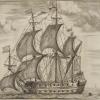
USS Boston spar dimensions and sails
trippwj replied to Sailinganthony1812's topic in Masting, rigging and sails
For what it's worth, the spreadsheet shows created in 2003 by edby at Bayer. Either way it is a wonderful resource! I really need to spend some time at the PEM once I retire (which may be sooner rather than later). Carry on, Gents. I love the details you both have!!! -

USS Boston spar dimensions and sails
trippwj replied to Sailinganthony1812's topic in Masting, rigging and sails
Not sure where I got it from either - i just hid the columns for the other ships to make it less crowded. By any chance did you create the spreadsheet? May also have been Ed. -

USS Boston spar dimensions and sails
trippwj replied to Sailinganthony1812's topic in Masting, rigging and sails
-

USS Boston spar dimensions and sails
trippwj replied to Sailinganthony1812's topic in Masting, rigging and sails
There is an appendix to the Naval Documents Related to the United States Wars with the Barbary Powers which has a listing as of 1804. There would be alterations by varius skippers but these will be fairly accurate. Knox, Dudley, ed. 1945. Register of Officer Personnel United States Navy and Marine Corps and Ships’ Data 1801–1807. Naval Documents Related to the United States Wars with the Barbary Powers. U.S. Government Printing Office. http://www.ibiblio.org/anrs/docs/E/E3/nd_barbarywars_register_shipdata.pdf. -
Dang - they revised the website on me! I pulled it down back in 2015. Try this link (it's 25mb so can't upload it here) ftp://ftp.library.noaa.gov/docs.lib/htdocs/rescue/rarebooks_1600-1800/VK541S81795.PDF or this one: https://noaa.sirsi.net/uhtbin/cgisirsi/x/0/0/57/5/3?searchdata1=240545{CKEY}&searchfield1=GENERAL^SUBJECT^GENERAL^^&user_id=WEBSERVER Let me know if that works for you!
-
Steel, David. Seamanship, Both in Theory and Practice. Printed and published for, and at, Steel’s Navigation-Warehouse, Tower-Hill, 1795. docs.lib.noaa.gov/rescue/rarebooks_1600-1800/VK541S81795.PDF. See description for ships with no jeer capstan on page 156.
About us
Modelshipworld - Advancing Ship Modeling through Research
SSL Secured
Your security is important for us so this Website is SSL-Secured
NRG Mailing Address
Nautical Research Guild
237 South Lincoln Street
Westmont IL, 60559-1917
Model Ship World ® and the MSW logo are Registered Trademarks, and belong to the Nautical Research Guild (United States Patent and Trademark Office: No. 6,929,264 & No. 6,929,274, registered Dec. 20, 2022)
Helpful Links
About the NRG
If you enjoy building ship models that are historically accurate as well as beautiful, then The Nautical Research Guild (NRG) is just right for you.
The Guild is a non-profit educational organization whose mission is to “Advance Ship Modeling Through Research”. We provide support to our members in their efforts to raise the quality of their model ships.
The Nautical Research Guild has published our world-renowned quarterly magazine, The Nautical Research Journal, since 1955. The pages of the Journal are full of articles by accomplished ship modelers who show you how they create those exquisite details on their models, and by maritime historians who show you the correct details to build. The Journal is available in both print and digital editions. Go to the NRG web site (www.thenrg.org) to download a complimentary digital copy of the Journal. The NRG also publishes plan sets, books and compilations of back issues of the Journal and the former Ships in Scale and Model Ship Builder magazines.



